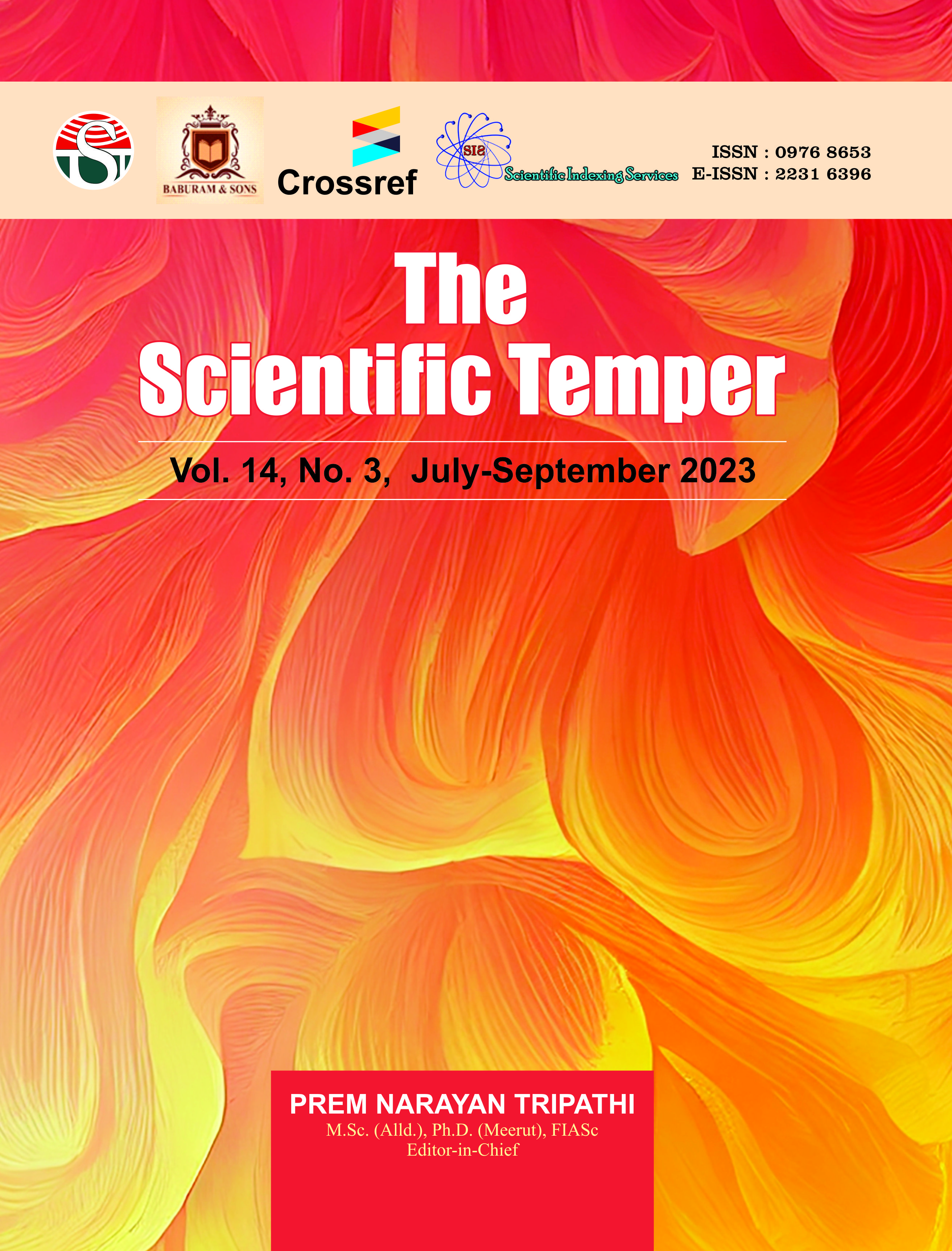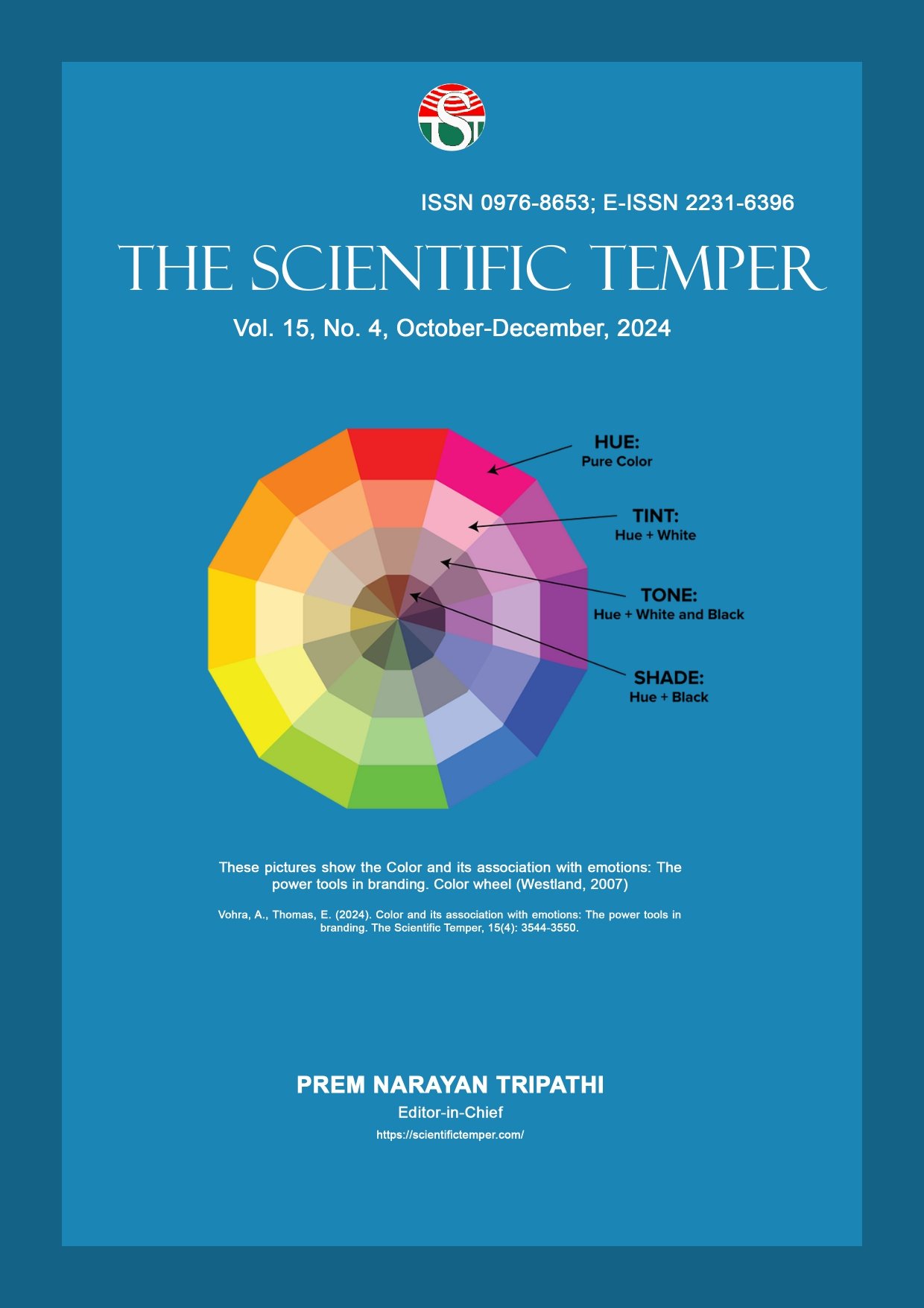Ensemble classifiers with hybrid feature selection approach for diagnosis of coronary artery disease
Downloads
Published
DOI:
https://doi.org/10.58414/SCIENTIFICTEMPER.2023.14.3.24Keywords:
Coronary artery disease, Artificial Intelligence, Machine learning.Dimensions Badge
Issue
Section
License
Copyright (c) 2023 The Scientific Temper

This work is licensed under a Creative Commons Attribution-NonCommercial-ShareAlike 4.0 International License.
Coronary artery disease (CAD) is a common type of cardiovascular disease with a high mortality rate worldwide. As symptoms may not be recognized until, after the cardiac attack, early diagnosis and treatment are critical to lowering mortality. The proposed study focuses on the creation of an intelligent ensemble system for the accurate detection of CAD. This paper presents the hybrid feature selection method based on Lasso, random forest-based boruta, and recursive feature elimination methods. The significance of a feature is determined by the score each approach provides. Machine learning techniques such as random forest, support vector machine, K-nearest neighbor, logistic regression, decision tree, and Naive Bayes are developed as base classifiers. Then, ensemble techniques like bagging and boosting models are created using base classifiers. The Z-Alizadeh Sani dataset was used to build and test the model. The bagged random forest model achieved 97.6% accuracy and 100% recall. The CatBoost model achieved 97.7% accuracy and 99.0% recall. Compared to traditional classifiers, the ensemble models achieved higher accuracy and can be used to assist clinicians in diagnosing coronary artery diseaseAbstract
How to Cite
Downloads
Similar Articles
- Muhammed Jouhar K. K., Dr. K. Aravinthan, An improved social media behavioral analysis using deep learning techniques , The Scientific Temper: Vol. 15 No. 03 (2024): The Scientific Temper
- O. Devipriya, K. Kungumaraj, Enhancing cloud efficiency: an intelligent virtual machine selection and migration approach for VM consolidation , The Scientific Temper: Vol. 15 No. spl-1 (2024): The Scientific Temper
- Dileep Pulugu, Shaik K. Ahamed, Senthil Vadivu, Nisarg Gandhewar, U D Prasan, S. Koteswari, Empowering healthcare with NLP-driven deep learning unveiling biomedical materials through text mining , The Scientific Temper: Vol. 15 No. 02 (2024): The Scientific Temper
- P. J. Robinson, S. W. A. Prakash, Stochastic artificial neural network for magdm problem solving in intuitionistic fuzzy environment , The Scientific Temper: Vol. 15 No. 03 (2024): The Scientific Temper
- Geeta S. Desai, Santosh Hajare, Sangeeta Kharde, Evaluation of health practices among individuals with non-alcoholic fatty liver disease: A randomized controlled trial , The Scientific Temper: Vol. 15 No. 02 (2024): The Scientific Temper
- Ankeeta Vispute, Muskaan Vasaya, Sagar Deshpande , Impact of rheumatoid arthrtis on functional limitations of wrist and hand , The Scientific Temper: Vol. 14 No. 04 (2023): The Scientific Temper
- M. A. Shanthi, Optimizing predictive accuracy: A comparative study of feature selection strategies in the healthcare domain , The Scientific Temper: Vol. 15 No. spl-1 (2024): The Scientific Temper
- Suprabha Amit Kshatriya, Arvind R Yadav, Early detection of fire and smoke using motion estimation algorithms utilizing machine learning , The Scientific Temper: Vol. 15 No. 04 (2024): The Scientific Temper
- S. Prabagar, Vinay K. Nassa, Senthil V. M, Shilpa Abhang, Pravin P. Adivarekar, Sridevi R, Python-based social science applications’ profiling and optimization on HPC systems using task and data parallelism , The Scientific Temper: Vol. 14 No. 03 (2023): The Scientific Temper
- Gurpreet S. Saund, Kulandai Samy, Eco-critical dystopia and anthropocentrism in Margaret Atwood’s Oryx and Crake , The Scientific Temper: Vol. 14 No. 03 (2023): The Scientific Temper
<< < 7 8 9 10 11 12 13 14 15 16 > >>
You may also start an advanced similarity search for this article.
Most read articles by the same author(s)
- Sowmiya M, Banu Rekha B, Malar E, Assessment of transfer learning models for grading of diabetic retinopathy , The Scientific Temper: Vol. 14 No. 02 (2023): The Scientific Temper



